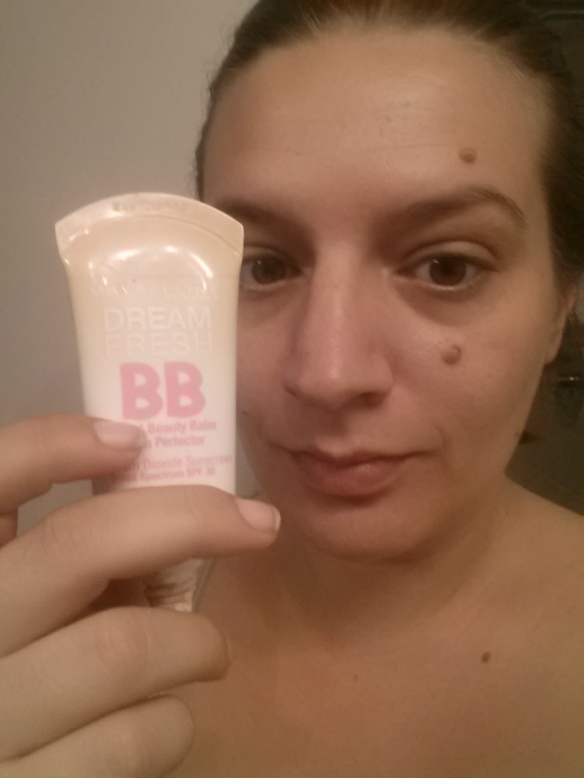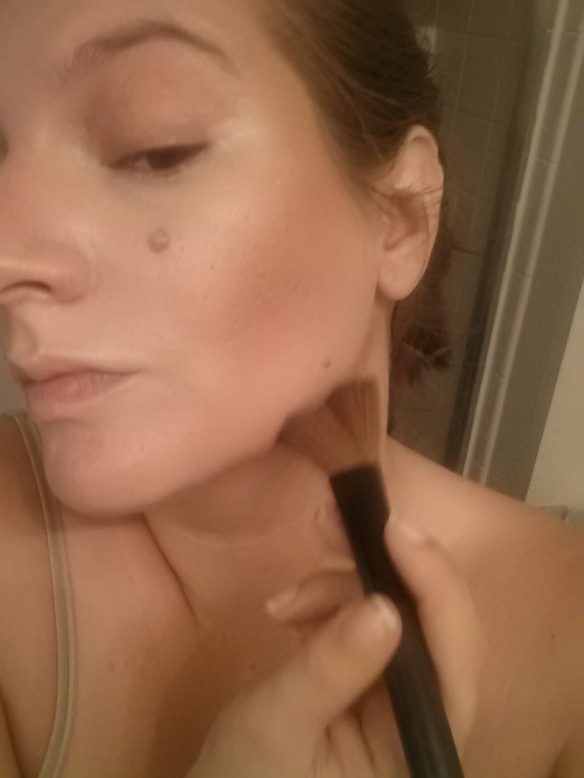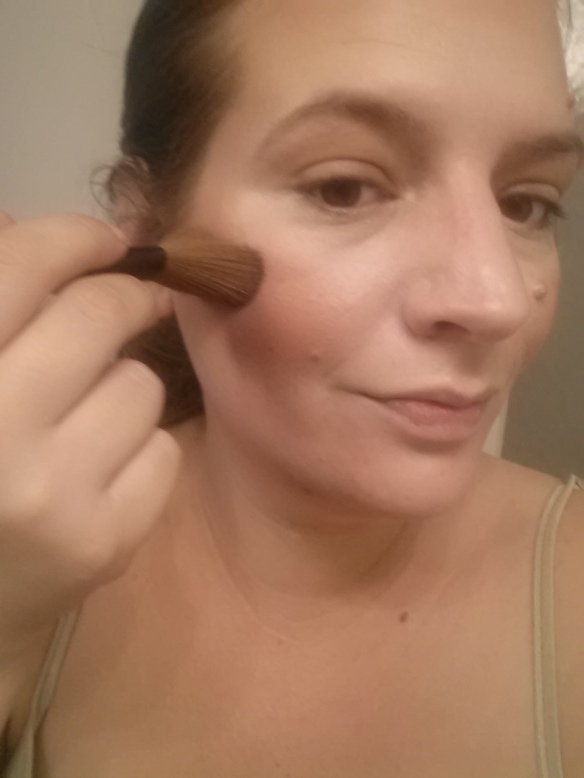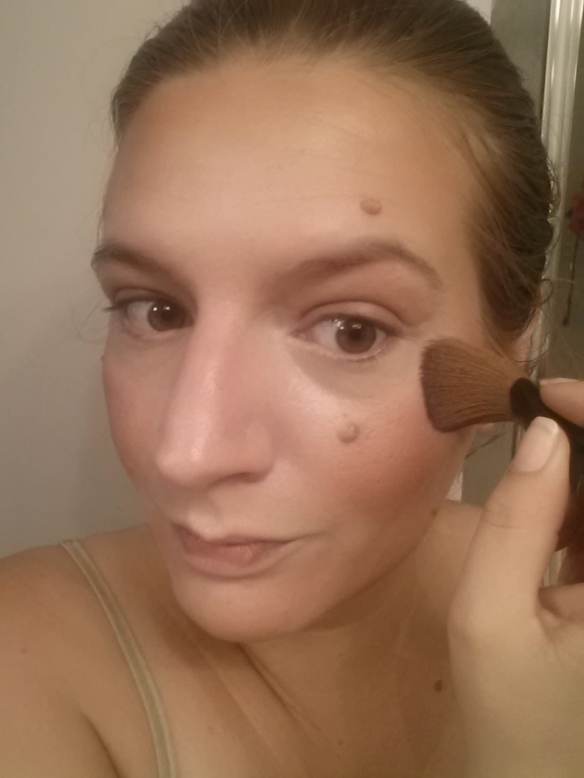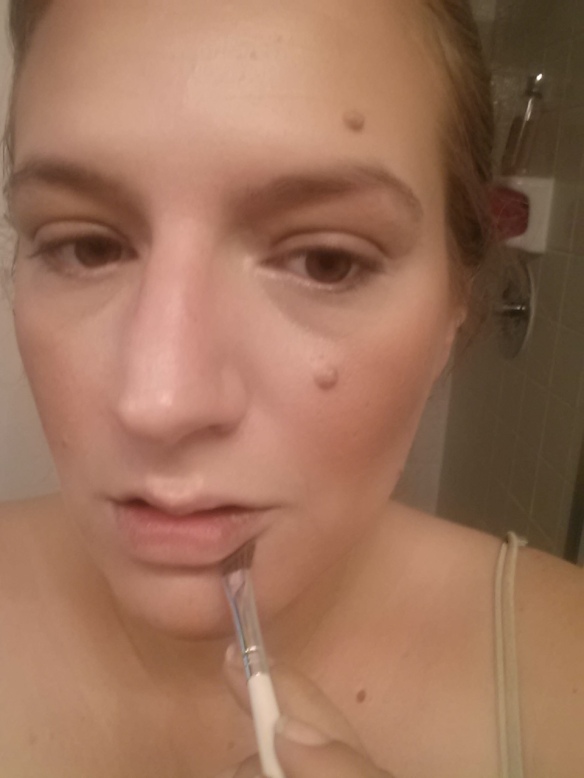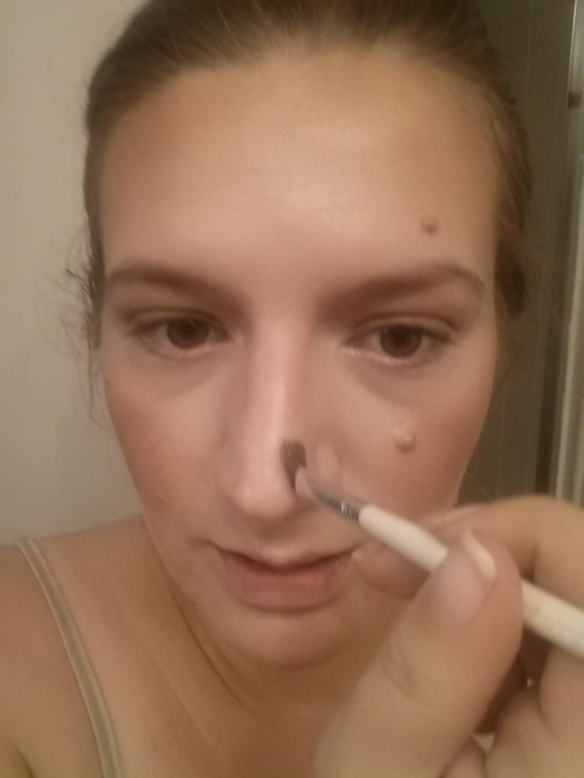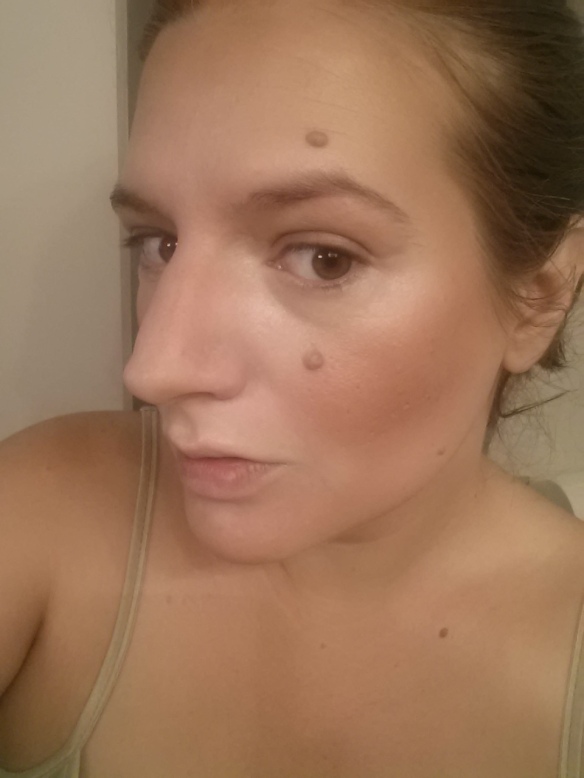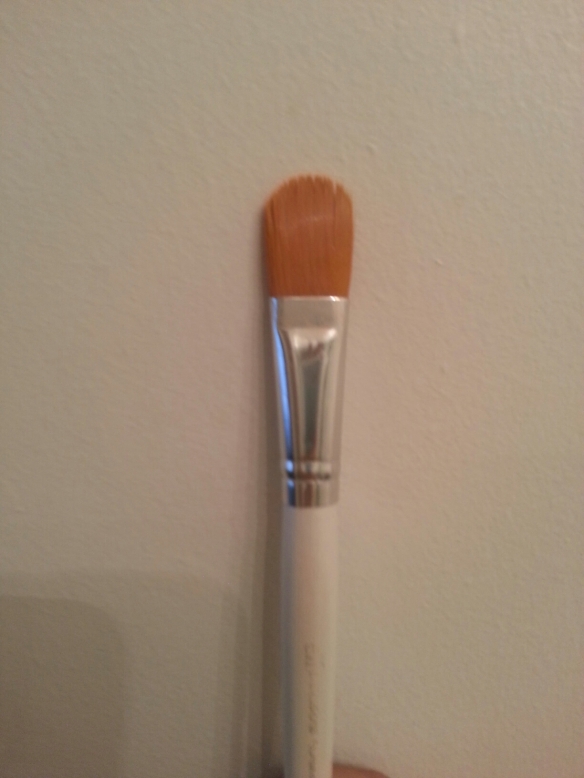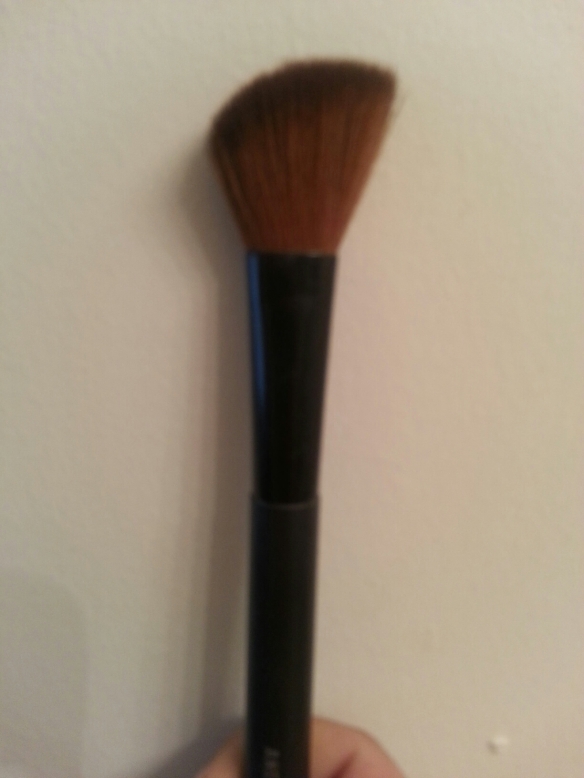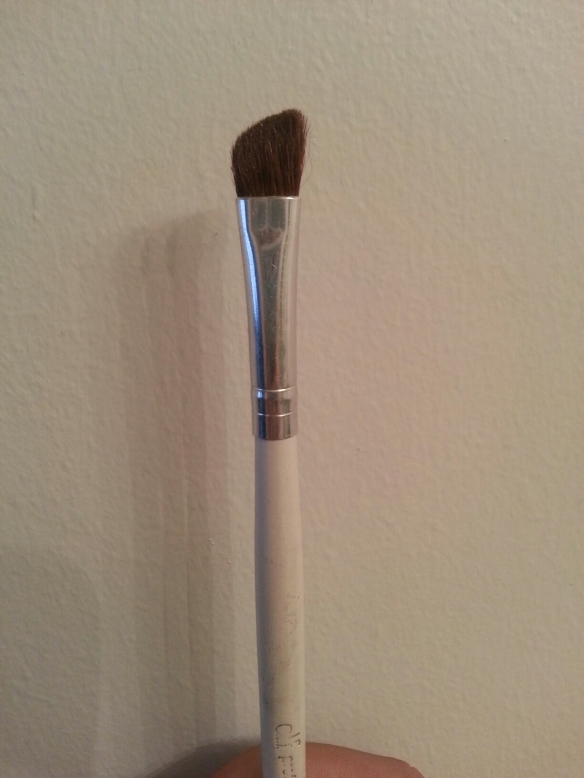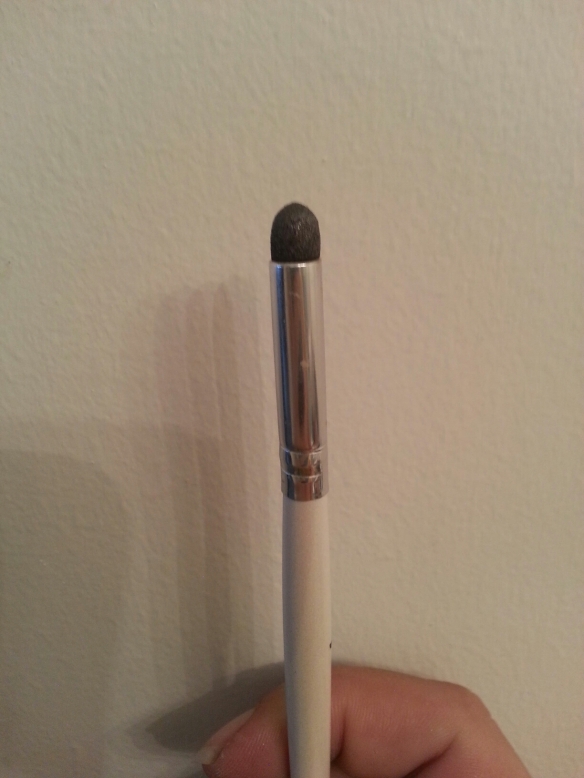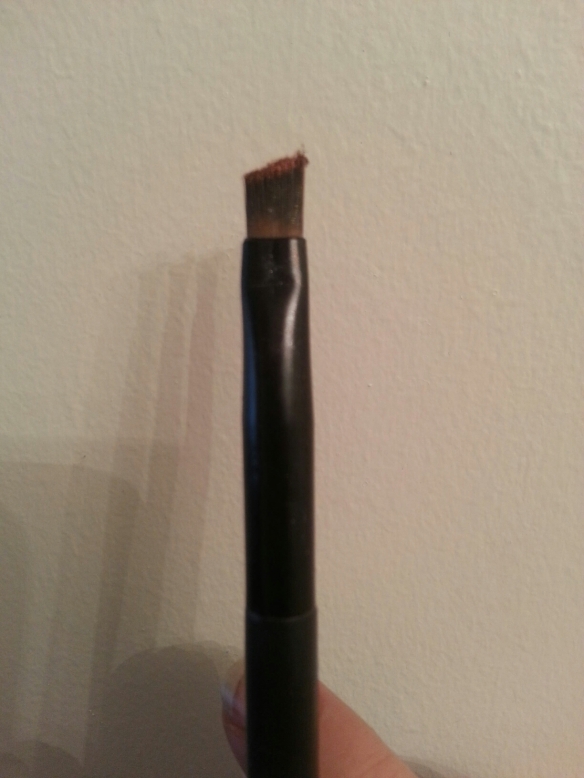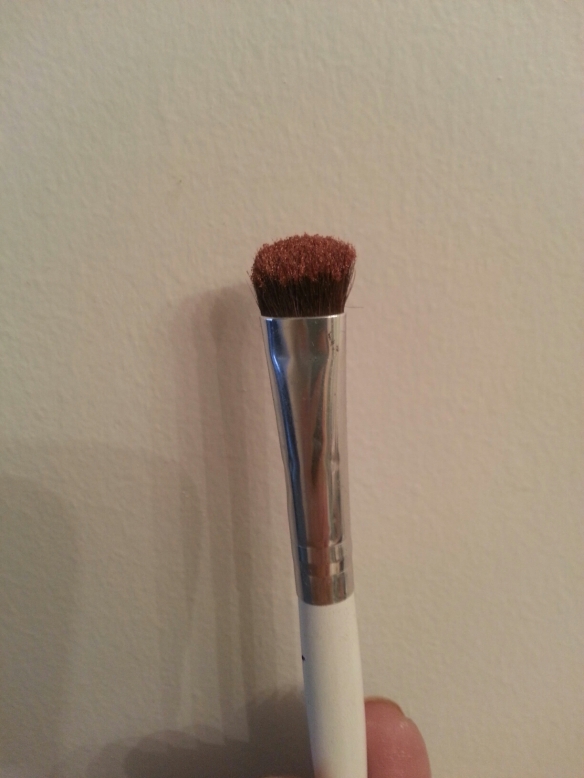Pope Francis visited the United States this month. I think of him as the Public Relations Pope, here to help distract everyone from the evils of the Vatican and how much his predecessor looked like Emperor Palpatine. He gets a lot of positive press for saying nice things about the poor and for addressing climate change in his discourse. But he’s still the head of the Catholic Church, and therefore still anti-choice, anti-queer, and anti-secular.
This pope doesn’t talk very much about abortion and same-sex marriage directly. He tends to obliquely refer to them in discussion of “the family” which he defines as “the fruitful covenant between a man and a woman.” However, if you don’t know that’s his specific definition, his statements can sound much more ecumenical and accepting than they really are. One of the Pope’s stops on his USA tour was Philadelphia for the World Meeting of Families, a Catholic pro-life event celebrating heterosexual child-bearing families. While there, Pope Francis had this to say:
All of the love that God has in himself, all the beauty that he has in himself, he gives it to the family. And the family is really family when it is able to open its arms and receive all that love.
Having “open arms” in this case means being open to becoming pregnant and carrying any pregnancy to term. It doesn’t mean loving your neighbor or donating to the food pantry. It means being fertile and open to the possibility of having children. A Catholic family using birth control (like virtually all Catholic women in the US do) is not satisfying this definition of family, nor is a same-sex married couple with numerous foster children.
The Catholic Church has lost countless members over the past few years, as the prevalence of clerical sex abuse became known, as the potentially fatal consequences of Vatican positions and Catholic hospital policy on pregnancy treatment came to light with the death of Savita Halapanavar, and as the youth of the world becomes more accepting of gays, lesbians, bisexuals, and (to a lesser extent) transgender people. Pope Francis does not talk about these issues much, and has advised other priests and bishops to talk about them less. But that does not indicate a shift in position, only a shift in public relations.
In his speech on religious liberty, Pope Francis praised people of all faiths for “defending the dignity of God’s gift of life in all its stages” – a clear reference to the Catholic belief in prenatal personhood and the immorality of all abortion. He referred to ours as “a world where various forms of modern tyranny seek to suppress religious freedom, or try to reduce it to a subculture without right to a voice in the public square” which, if you’re listening closely, suggests that the Pope believes religion (namely Catholicism) does have a right to a voice in the public square. And the voice of Catholicism in public has always meant the legislation of Catholic policy as secular law.
Speaking before Congress, Pope Francis had the following to say:
How essential the family has been to the building of this country! And how worthy it remains of our support and encouragement! Yet I cannot hide my concern for the family, which is threatened, perhaps as never before, from within and without. Fundamental relationships are being called into question, as is the very basis of marriage and the family. I can only reiterate the importance and, above all, the richness and the beauty of family life.
The threats to family the Pope hints at are, of course, reproductive rights and non-heterosexuality. The people calling into question the very basis of marriage are queers. The richness and beauty of our family life is not what the Pope seeks to find, and our fundamental relationships are being framed as threats to marriage to family, rather than expansions of them to encompass more people.
At the end of the day, he’s not my pope. He may have some nice things to say about economic inequality or global warming, but that doesn’t erase his otherwise conservative views or the history of complicity in global inequality, global warming, and global poverty of the Catholic Church. If you want to take the good with the bad, go right ahead. Just please don’t mistake his gentler tone for a change of church position. The Vatican is still anti-choice. The Vatican is still anti-birth control. The Vatican still shelters rapist priests and prevents them from being brought to justice. He’s a lot easier to listen to than the last pope, but their beliefs are the same.


